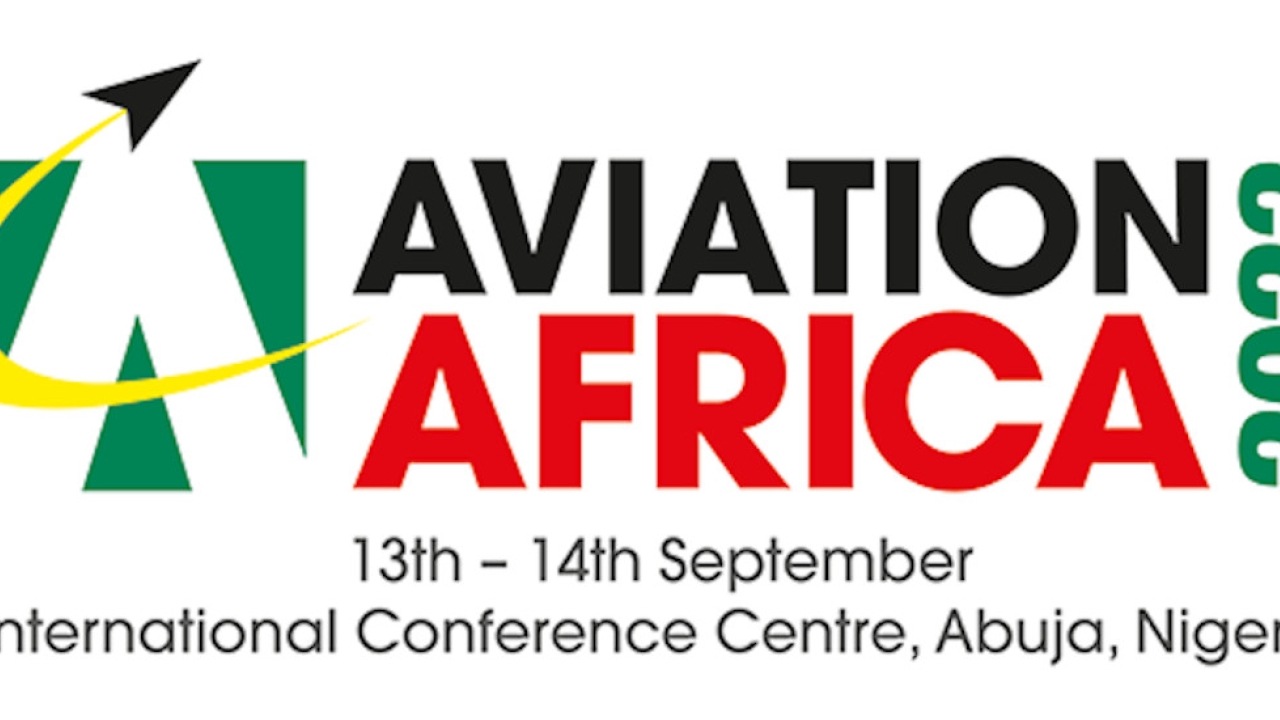The recent Aviation Africa Summit 2023, held in Nigeria, has shed light on a glaring disparity in air travel across the African continent. Despite the initiation of the Single African Air Transport Market (SAATM) by the African Union, aimed at creating a unified air transport market in Africa, progress has been slow.
In this article, we will delve into the challenges faced by African air travel, the significance of SAATM, and the way forward.
The SAATM Initiative
Since its establishment in January 2018, SAATM has garnered support from 34 out of 55 African countries. The primary objective was to liberalise air transportation, promote economic growth, and boost aviation’s contribution to African GDP.
The Struggle of Intra-African Travel
One pressing issue is the dire state of intra-African travel. Many Africans travelling within the continent, whether for business or leisure, encounter significant hardships due to poor connectivity. For instance, South Africa’s Deputy Minister of Transport, Mr. Lisa Mangcu, revealed that he once had to travel to Europe before coming to Nigeria because there were no direct flights from South Africa to Abuja.
A Shocking Reality
Adefunke Adeyemi, the Secretary-General of the African Civil Aviation Commission (AFCAC), painted a grim picture of air travel in Africa. Out of the 1.4 billion Africans, only a paltry 100,000 travel by air. In some cases, it takes over a day to travel from one part of Africa to another. This reality stands in stark contrast to the values of family, community, and cultural adherence that Africans hold dear.
SAATM’s Importance
The low number of African air travellers is not a reflection of the African way, which prioritises family, culture, and mutual support. It is also not in line with Africa’s historical trading practices. The region’s inability to facilitate the movement of goods hinders intra-African trade, making SAATM a crucial key to unlocking Africa’s potential.
Challenges Faced by African Aviation
While African aviation leaders are eager to promote business growth, several challenges persist:
1. Airport Infrastructures
The inadequacy of airport infrastructure hampers growth and efficiency within the aviation industry.
2. Multiple Charges
Excessive fees and charges imposed on airlines deter investment and expansion in the African aviation sector.
3. Non-Implementation of the Free Movement Protocol
The failure to fully implement the protocol on free movement inhibits the development of seamless air travel across Africa.
4. Visa Requirements
Stringent visa requirements within African countries further discourage air travel and trade.
The Global Disadvantage
Kamil Alwadi, Vice President of the International Air Transport Association (IATA) for Africa and the Middle East, emphasised that African airlines face unique issues. These include exorbitant interest rates on loans, high lease costs, and expensive insurance premiums, making them less competitive on the global stage.
Collaborative Efforts
Lt. General Mohamed Abbas Helmy, Minister of Civil Aviation, Egypt, stressed the importance of collaboration in growing civil aviation in Africa. He highlighted the need for joint cooperation, expansion, and knowledge sharing among African nations.
Realizing Africa’s Potential
Akbar Al Baker, the Chief Executive Officer of Qatar Airways, emphasized that Africa holds immense untapped potential, hindered primarily by inadequate infrastructure and connectivity. To unlock this potential, a collaborative effort is crucial, along with the right regulatory framework and infrastructure development.
The Impact of the Summit
Capt. Musa Nuhu, the Director-General of Nigeria Civil Aviation, described the summit as a catalyst for change in Africa’s aviation landscape. It brought together global aviation leaders, fostering discussions and even resulting in business agreements between Nigerian airlines and international aircraft manufacturers like Embraer.
The Nigerian government aims to position the country as the hub of African aviation, and this summit played a pivotal role in showcasing Nigeria’s potential to the world.
The Need for Regulatory harmonisation
To effectively implement SAATM, regulatory and policy harmonisation, similar to the European Union Aviation Safety Agency (EASA), is imperative. Dealing with multiple agencies across the continent can complicate matters and hinder progress.
Mutual Benefit
While supporting the ideals of SAATM, Nigerian airline operators emphasise the need for a mutually beneficial approach to its implementation. Cooperation, dialogue, and strategic planning are essential to opening up routes and fostering sustainable growth.
In conclusion, Africa’s aviation industry has immense potential waiting to be harnessed. SAATM stands as a critical instrument for unlocking this potential, but it requires concerted efforts from African nations, regulatory harmonisation, and cooperation to ensure that more than just 100,000 out of 1.4 billion Africans can experience the benefits of air travel. It’s time for Africa to soar higher in the skies of progress and connectivity.
